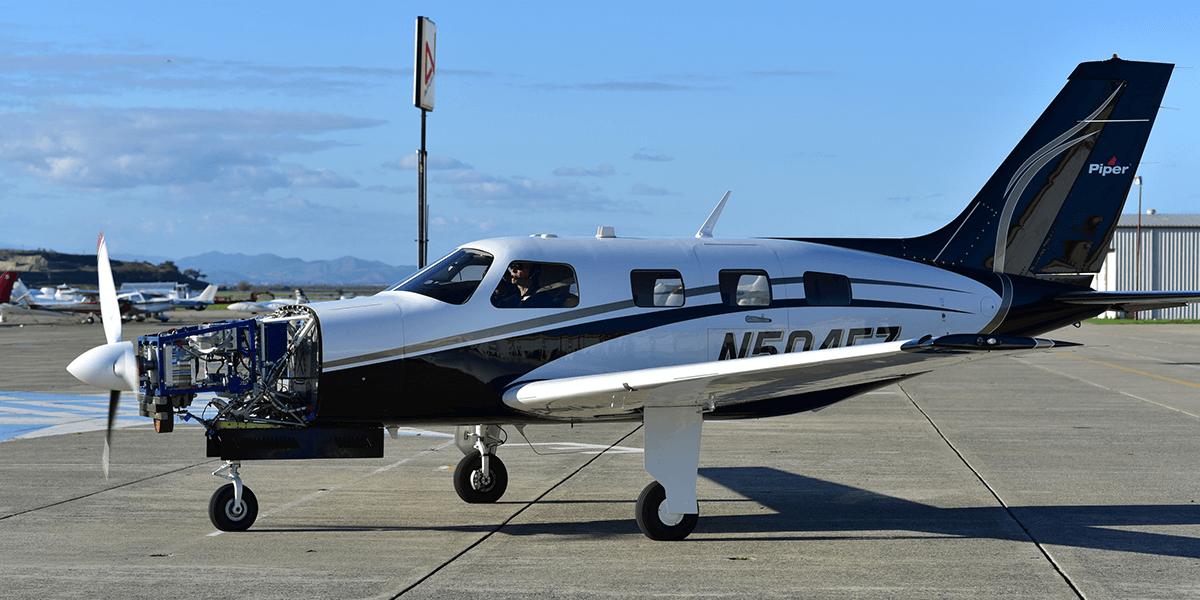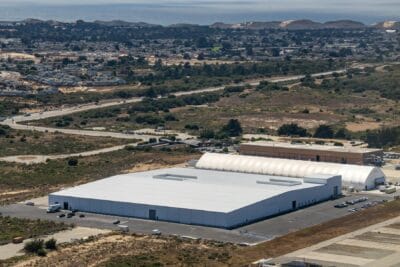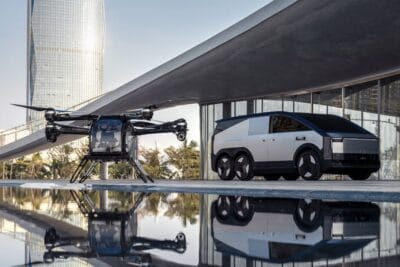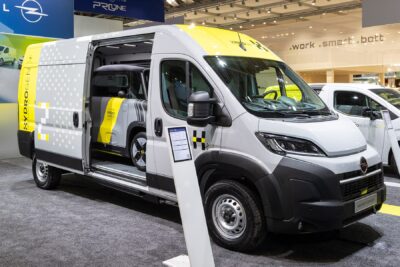ZeroAvia completes maidenflight with hydrogen aircraft
ZeroAvia that specialises in zero-emission aircraft propulsion has now completed the maiden flight of a six-seater fuel-cell-electric aircraft at Cranfield Airport as part of the HyFlyer project supported by the British government.
The launch of the hydrogen passenger plane follows a similar test ZeroAvia managed only in June earlier this year. The company had then taken flight with the same model but powered by batteries. As before the event took place at ZeroAvia’s research and development lab in Cranfield, England.
ZeroAvia deemed the latest launch to be “the world first hydrogen fuel-cell-powered flight of a commercial-grade aircraft.” For the demonstration in Cranfield, the Piper M-class six-seat plane completed taxi, takeoff, a full pattern circuit, and landing.
Technically, they design the hydrogen powertrains to convert existing aircraft. In case of the Piper M, the hydrogen tank was integrated into the wings of the aircraft. Instead of the turboprop engine, the fuel cell hangs under the wing. Between the fuel cell and the propeller is the electric motor that converts the electricity into motion. Only for the Piper M, ZeroAvia placed the fuel cell motor unit centrally at the front of the fuselage.
ZeroAvia says they would now prepare for the next and final stage of its six-seat development programme – a 250-mile zero-emission flight out of an airfield in Orkney, Scotland, before the end of the year. The demonstration of this range is roughly equivalent to busy major routes such as Los Angeles to San Francisco or London to Edinburgh, as the company with offices in the UK and California points out.
The programme with the six-seater demonstrator is part-funded through the UK Government’s Aerospace Technology Institute (ATI) Programme that also runs the HyFlyer project. Here, ZeroAvia is working with key partners the European Marine Energy Centre (EMEC) and Intelligent Energy to decarbonise medium-range small passenger aircraft and is also a partner in the JetZero Council.
ZeroAvia is initially targeting a 500-mile range in 10-20 seat aircraft used for commercial passenger transport, package delivery, agriculture, and more. The firm says it has already secured experimental certificates for its two prototype aircraft and that it is on track for commercial operations in 2023.
In the longer-term, the company believes that H2 aeroplanes for 50 to 100 passengers should be possible near the end of this decade. “Hydrogen fuel cell systems are currently about four times more energy-dense than the best available batteries, even with compressed gas H2 storage. In five years, we actually expect liquid hydrogen storage to be safety-qualified in aircraft, allowing us to achieve 1,000+ mile ranges in even larger aircraft,” said Val Miftakhov, ZeroAvia CEO, when explaining the company’s approach.
The CEO is not alone in this belief. Airbus presented three concepts, code-named ZEROe, that rely on hydrogen as the main energy source, just about a week ago. The company targets full commercialisation by 2035 with the largest model carrying up to 200 passengers over close to 4,000 kilometres.
ZeroAvia too considers flights with more than 200 seats and a range of more than 3,000 miles (5,556 kilometres) to be an achievable target by 2040.





0 Comments